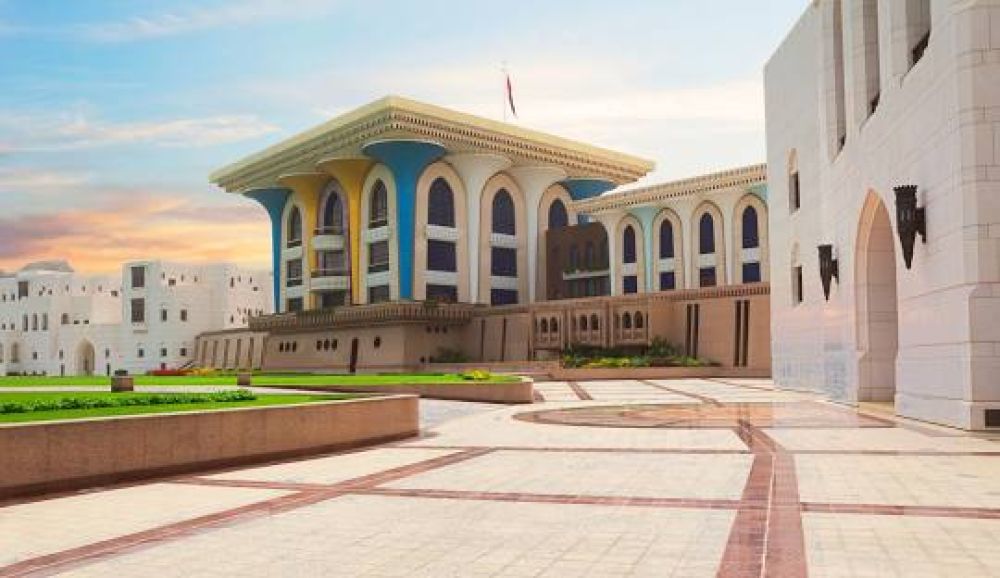

The history of tourism in Muscat, Oman's vibrant capital, has been closely tied with its rich cultural heritage and the welcoming nature of its people. Among its many landmarks, the Al Alam Palace stands as a monument that captures the essence and grandeur of Omani history and the royalty that graced its halls.
Al Alam Palace, meaning "The Flag" in Arabic, is the ceremonial palace of His Majesty Sultan Haitham Bin Tarik. Built over 200 years ago by Imam Sultan bin Ahmed, the 7th direct grandfather of the current sultan, it has been rebuilt and expanded multiple times. The most recent renovation was under the reign of Sultan Qaboos bin Said, who ascended to the throne in 1970 and transformed Oman into a modern state. The Palace is a masterpiece of contemporary Islamic architecture, though not open to the public, it remains a significant symbol of the ruling monarchy and Omani culture.
Al Alam Palace has long been a centerpiece in the itinerary of those visiting Muscat. The rapid development of tourism in Oman began in the 1980s when Sultan Qaboos launched an initiative to promote tourism as a sustainable economic sector. Since then, Oman has developed an infrastructure that supports this, with luxury hotels, resorts, and improved transportation. The Palace, with its grandiose facade and picturesque location, is often featured on postcards and promotional material, inviting travelers worldwide to explore the rich culture of Muscat.
Recently, the trend in Omani tourism is shifting towards sustainable and experiential travel. Tourists are looking beyond the traditional luxury experiences, seeking to immerse themselves in local lifestyles, culture, and environmental conservation efforts. Eco-tourism is growing, and with Oman's diverse landscapes, from mountains to deserts and coastlines, there are ample opportunities for eco-friendly adventures.
Visitors to the Al Alam Palace contribute to the cultural tourism trend, where they can walk through the history-laden streets of Old Muscat, marvel at the distinct royal architecture, and relish the tales and traditions that have shaped Oman. Even though visitors cannot enter Al Alam Palace, the exterior provides a stunning backdrop for photographs, and the surrounding gardens and museums offer cultural insights and historical context.
Al Alam Palace stands as a symbol of Oman's stability and progress under its sultans' leadership. As Muscat modernizes and expands its tourism offerings, the Palace grounds remain a cultural nexus, reflecting Oman's commitment to preserving its heritage while welcoming the world. It continues to be an essential stop for dignitaries and tourists alike, serving as an icon of Omani identity.
Oman's investment in tourism, particularly cultural and eco-tourism, prepares the way for future growth within the industry. Al Alam Palace, with its beauty and dignified presence, endures as a beacon of Oman's past and future, enticing those who seek to unearth the narratives nestled within its magnificent walls and serene surroundings.